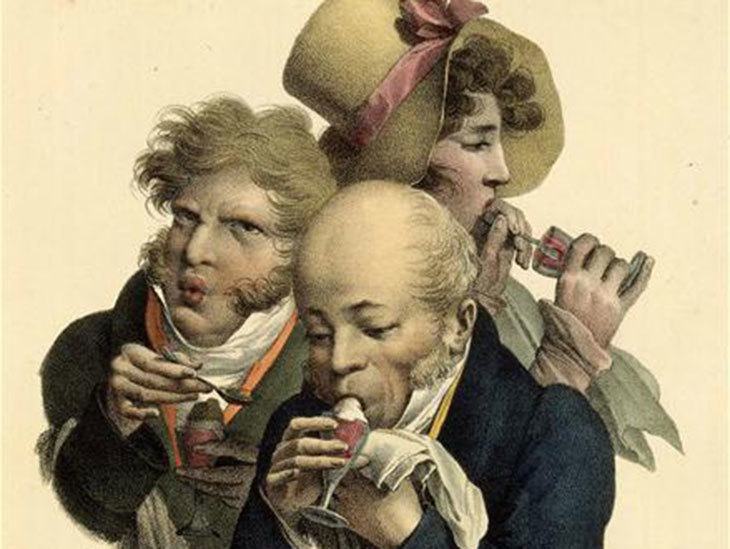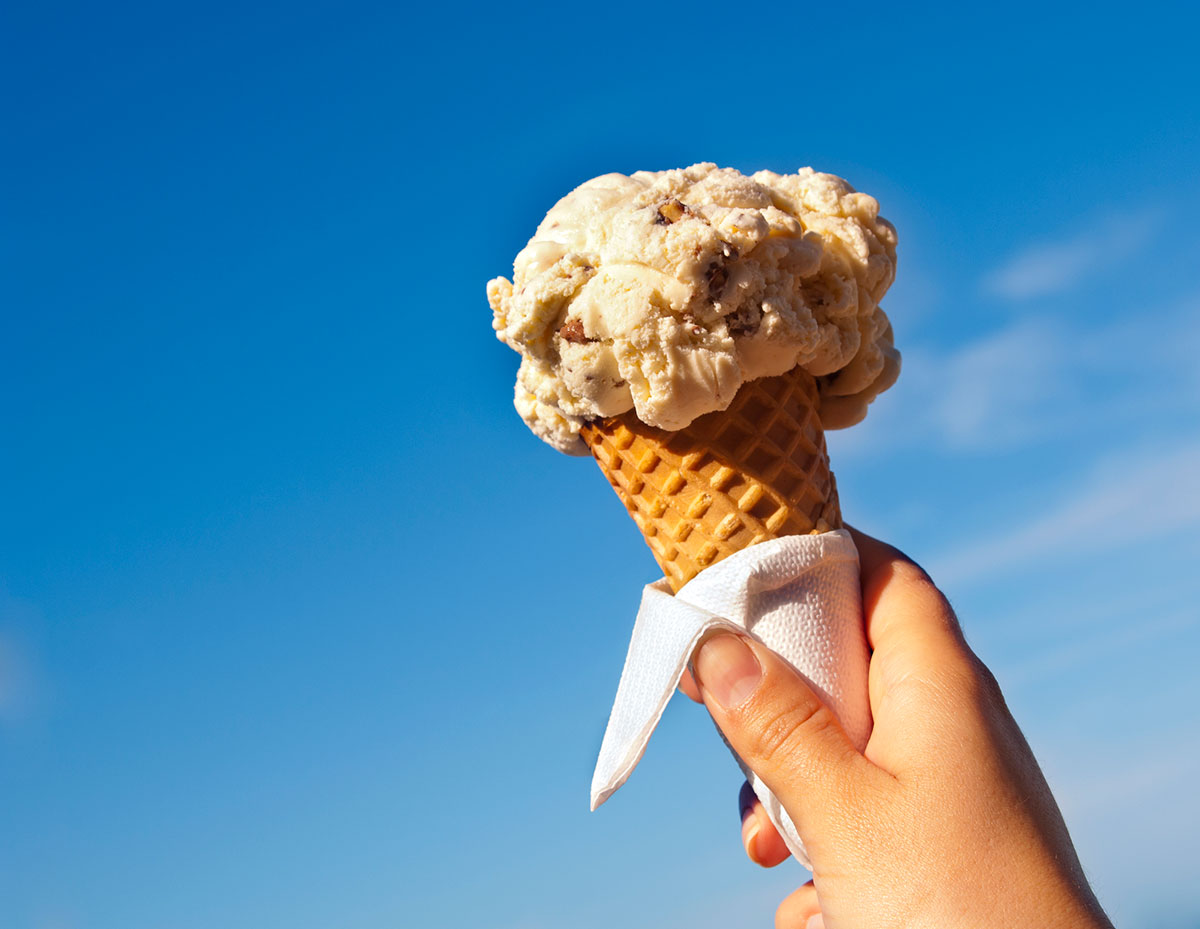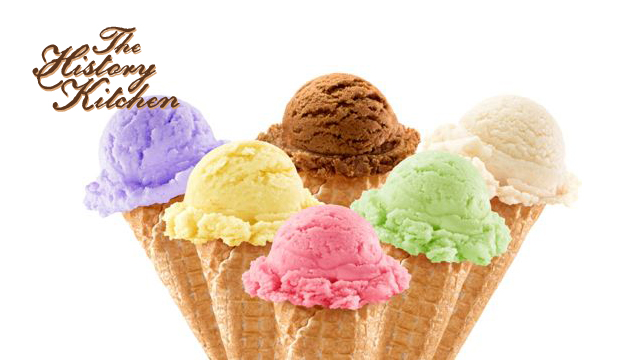Introduction

Ice cream has undoubtedly become one of the most beloved desserts across the globe. However, the origins of this delightful treat remain shrouded in mystery, with no specific date or inventor credited with its discovery. The history of ice cream can be traced back to the second century B.C., when Alexander the Great enjoyed snow and ice flavored with honey and nectar. Over the centuries, ice cream evolved from a rare delicacy enjoyed by the elite to a widely accessible dessert, thanks to technological advancements and the birth of the ice cream industry. Join us on a sweet journey as we uncover the fascinating story of ice cream production.
The Sweet Journey Begins: A Brief History Of Ice Cream
Ice cream, a delectable frozen treat loved by people of all ages, has a fascinating history that dates back centuries. Although the exact origins of ice cream remain uncertain, ancient records and historical evidence indicate that various forms of frozen desserts have been enjoyed by different cultures throughout history. From the Achaemenid Empire in Persia to the lavish courts of Renaissance Italy, ice cream has delighted palates and brought joy to countless individuals. Over time, advancements in technology and the birth of the ice cream industry have made this delightful dessert accessible to people around the world, creating a sweet legacy that continues to be cherished today.
Ancient Origins
Ancient Origins: Ice cream has a rich history that can be traced back to ancient times. The earliest record of ice cream – or at least its closest resemblance – dates back to the Achaemenid Empire in 500 BC during the reign of Cyrus the Great in Persia (modern-day Iran). In those times, sweetened ice was crushed and mixed with various flavors, fruits, and toppings to create a refreshing treat. These ancient ice cream recipes laid the foundation for the frozen desserts we enjoy today. The Persians’ innovative creation marked the beginning of a sweet journey that would continue to evolve and captivate people’s taste buds throughout history.
A Cool Discovery: Ancient Ice Cream Recipes

Ice cream has been enjoyed for centuries, and its history can be traced back to ancient times. One of the earliest records of ice cream-like desserts comes from the Achaemenid Empire in 500 BC during the reign of Cyrus the Great in Persia. In those times, sweetened ice was crushed and mixed with various flavors, fruits, and toppings to create a refreshing treat. These innovative creations were a cool discovery that laid the foundation for the frozen desserts we enjoy today. It’s fascinating to see how ancient civilizations experimented with ingredients and techniques to create such a delightful dessert.
Ii. Royal Delight: Ice Cream In Ancient Persia
Ice cream was not only enjoyed by the people of ancient Persia but also became a special treat for the royal families. Invented around 400 BC, the ice cream recipe for the Persians’ nobility was a true delight. It consisted of iced rose water, vermicelli, saffron, and an array of sweet flavors. This luxurious version of ice cream showcased the creativity and indulgence of the Persian culture. With their unique blend of ingredients and dedication to culinary excellence, ancient Persians truly elevated ice cream to a royal status.
Medieval Innovations
During the medieval period, ice cream continued to evolve and spread throughout Europe. In the 13th century, the technique of using salt and ice to create a freezing effect was introduced, allowing for the production of smoother and creamier ice cream. The sweet treat became a popular indulgence among the European nobility, who enjoyed variations flavored with fruits, spices, and even alcohol. Italy played a significant role in the development of ice cream during this time, with Florence in particular becoming known for its artisanal gelato. The medieval period marked a period of refinement and innovation in ice cream production, setting the stage for its future popularity.
Spreading Coolness: The Introduction Of Ice Cream To Europe

In the medieval period, ice cream made its way to Europe, bringing a wave of coolness and delight. The technique of using salt and ice to create a freezing effect was introduced, resulting in smoother and creamier ice cream. European nobility quickly fell in love with the sweet treat, enjoying various flavors including fruits, spices, and even alcohol. Italy, particularly Florence, played a significant role in the development of ice cream during this time, becoming known for its artisanal gelato. This period marked a refinement and innovation in ice cream production, setting the stage for its future popularity.
Ii. Frozen Delicacy: Ice Cream In Renaissance Italy
During the Renaissance in Italy, ice cream became a frozen delicacy enjoyed by the elite. Florence, in particular, played a significant role in its invention and popularity. It is believed that the Medici family, known for their love of art and luxury, introduced ice cream to Italy. The method of freezing the sweet treat using a mixture of ice and salt was refined during this time, resulting in a smoother and creamier texture. The popularity of ice cream spread throughout Italy, becoming a symbol of wealth and indulgence. Today, Florence continues to be known for its delicious artisanal gelato.
Industrial Revolution And Modernization
During the Industrial Revolution, ice cream production underwent significant changes and modernization. The invention of technological innovations such as steam power, mechanical refrigeration, and electric power revolutionized the ice cream industry. These advancements made it possible to produce ice cream on a larger scale, making it more accessible to the masses. Additionally, the introduction of new freezing processes and equipment improved the quality and consistency of ice cream. The industry experienced further growth with the development of packing machines, allowing for efficient packaging and distribution. Jacob Fussell, a Baltimore milk dealer, pioneered the industrial production of ice cream in America in 1851, marking the beginning of a new era for the beloved frozen treat.
From Hand-cranked To Mechanical: The Evolution Of Ice Cream Making

The process of making ice cream has come a long way from the days of hand-cranked churns. As technology advanced, so did the methods of ice cream production. In the late 19th century, manual labor was replaced with mechanical devices that could churn ice cream more efficiently. These early machines were powered by hand, steam, or electricity, reducing the strenuous effort required to make the frozen treat. Over time, these machines evolved into more sophisticated and automated equipment, ensuring consistent quality and higher production rates. Today, modern ice cream production involves state-of-the-art machinery and computer-controlled processes, allowing for large-scale manufacturing and ensuring a consistent and delicious product.
Ii. From The Streets To The Parlors: Ice Cream’s Rise In Popularity
During the 19th century, ice cream transitioned from being a street food to a popular dessert enjoyed in parlors. Initially, ice cream was sold from carts or in small shops, often churned and served by hand. However, with the advancements in technology, ice cream became more accessible. Ice cream parlors started to emerge, offering a variety of flavors and toppings to cater to the growing demand. These parlors became popular social gathering places, where people could indulge in their favorite frozen treat. The rise of ice cream parlors marked a significant milestone in the evolution of ice cream as a beloved dessert.
Commercialization And Global Influence
During the late 19th century, ice cream production became more commercialized, thanks to advancements in technology. The introduction of hand-cranked ice cream machines allowed for mass production, making ice cream more affordable and accessible to the general public. With the rise of the industrial revolution, commercial ice cream production boomed, and factories were established to meet the growing demand. Ice cream soon became a beloved treat worldwide, with variations and flavors unique to different cultures emerging. Today, ice cream is a staple dessert enjoyed by people of all backgrounds, transcending borders and bringing joy wherever it is served.
Ice Cream For The Masses: The Birth Of The Ice Cream Industry

During the late 19th century, ice cream production became more commercialized, thanks to advancements in technology. The introduction of hand-cranked ice cream machines allowed for mass production, making ice cream more affordable and accessible to the general public. With the rise of the industrial revolution, commercial ice cream production boomed, and factories were established to meet the growing demand. Ice cream soon became a beloved treat worldwide, with variations and flavors unique to different cultures emerging. Today, ice cream is a staple dessert enjoyed by people of all backgrounds, transcending borders and bringing joy wherever it is served.
Ii. Melting Boundaries: Ice Cream Around The World
Ice cream has transcended borders, delighting taste buds around the world with its diverse flavors and variations. Each culture has put its unique spin on this sweet treat, incorporating local ingredients and flavors. For example, in Italy, gelato is known for its rich and creamy texture. In Japan, they have mochi ice cream, which combines traditional mochi rice cakes with ice cream filling. India offers kulfi, a dense and creamy frozen dessert flavored with cardamom, saffron, and other aromatic spices. Whether it’s the fruity sorbets of France or the exotic flavors of Thailand’s coconut ice cream, ice cream knows no boundaries and continues to bring joy to people everywhere.
Conclusion
In conclusion, the journey of ice cream production has been a fascinating one. From its ancient origins to medieval innovations and the industrial revolution, ice cream has evolved into a beloved dessert enjoyed by people around the world. The commercialization of ice cream has made it accessible to the masses, leading to its global popularity. Today, ice cream continues to delight taste buds with its endless flavors and variations, transcending boundaries and bringing joy to people of all ages. As we savor each scoop of ice cream, we appreciate the rich legacy of this sweet treat and its enduring presence in our lives.
Scooping Up The Past: Appreciating The Legacy Of Ice Cream Production

Ice cream holds a special place in the hearts of dessert lovers worldwide. Its rich history and evolution have made it a beloved treat for centuries. From ancient times to modern innovations, ice cream has captured the imagination and taste buds of people across cultures and generations. As we scoop up a serving of this frozen delight, we are reminded of the remarkable legacy of ice cream production. It represents not only the ingenuity of early civilizations and the advancements of the industrial revolution but also the joy and pleasure that ice cream brings to our lives today. The legacy of ice cream production is something to savor and appreciate, as we continue to indulge in this timeless treat.
Frequently Asked Questions: The History of Ice Cream
1. When was ice cream invented?
The exact origins of ice cream are still debated, but it is widely believed that the concept of freezing a sweet treat can be traced back to ancient China around 200 BC. Emperors would have ice and snow brought down from the mountains and mixed with various flavorings. However, it was more of a flavored ice than the creamy treat we know today.
2. When did ice cream become popular?
Ice cream became more popular and refined centuries later when it made its way to Europe. In the 13th century, Marco Polo allegedly brought recipes for frozen desserts similar to sorbets back from his travels to China. Soon after, Italian and French royal courts began to embrace this refreshing delicacy.
3. Who is credited with making ice cream for the masses?
The person often credited with popularizing ice cream is Catherine de’ Medici, an Italian noblewoman who became the queen of France in the 16th century. She is rumored to have introduced the frozen delight to the French court, further fueling its popularity.
4. When did ice cream arrive in the American colonies?
Ice cream arrived in America during the colonial period. In the late 18th century, ice cream shops began to appear in New York and other major cities, offering this delightful treat to the American public. Thomas Jefferson, the third president of the United States, is known to have been particularly fond of ice cream, even penning a handwritten recipe for vanilla ice cream.
5. When were ice cream cones invented?
Ice cream cones, a quintessential part of the ice cream experience, were invented in the late 19th century. At the St. Louis World’s Fair in 1904, an ice cream vendor ran out of dishes to serve his product, so he partnered with a nearby waffle vendor. The waffles were rolled into cones, and thus the ice cream cone was born.
6. When did ice cream become readily available in stores?
Commercial production and widespread availability of ice cream began in the 20th century. With the advent of refrigeration and the industrialization of food production, ice cream became more accessible and affordable for larger segments of the population.
7. When did popular flavors like chocolate and vanilla emerge?
Chocolate and vanilla flavors became popular in the 18th century. Vanilla, in particular, gained popularity due to its versatility and compatibility with a wide variety of toppings and mix-ins. Chocolate, on the other hand, started making its way into ice cream recipes as cocoa powder became more widely available.
8. What technological advancements contributed to making ice cream?
The invention of the hand-cranked ice cream churn in the 19th century revolutionized the production process. This technology allowed ice cream to be made more easily and in larger quantities. Additionally, the invention of mechanical refrigeration and modern commercial freezers further facilitated the mass production and distribution of ice cream.
In summary, ice cream’s journey from ancient China to our freezers today is a fascinating story. Its evolution involved contributions from different cultures and technological advancements throughout history. Whether it’s a classic vanilla cone or a trendy flavor, ice cream continues to bring joy to people of all ages.

Soo Good Snack Bar is an upscale snack shop located at 1309 Hermosa Ave. in Hermosa Beach, CA. This family-owned business is the newest addition to the community of Hermosa, and our goal is to create a fun and inviting place where families can enjoy delicious snack foods that fit the beach lifestyle. Check us out today and help yourself to happiness.
